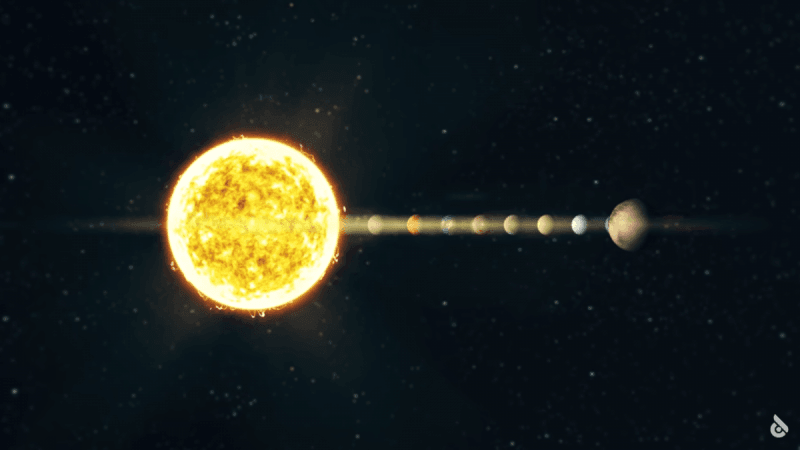Scientists have recreated the structure of ice formed at the centre of planets like Neptune and Uranus. Known as "superionic ice", it forms at extremely high temperatures and pressures, such as those deep inside planets like Neptune and Uranus.
The superionic ice had only been glimpsed in a brief instant as scientists sent a shockwave through a droplet of water, but in the new study published in the journal Nature Physics, scientists found a way to reliably create, sustain and examine the ice.
"It was a surprise -- everyone thought this phase wouldn't appear until you are at much higher pressures than where we first found it," said Vitali Prakapenka, research professor at the University of Chicago.

"But we were able to very accurately map the properties of this new ice, which constitutes a new phase of matter, thanks to several powerful tools," Prakapenka added.
To develop superionic ice, the team pressed water between two diamonds, the hardest material on Earth, to reproduce the intense pressure that exists at the core of planets. Then, they used the Advanced Photon Source, or high-brightness X-ray beams, to shoot a laser through the diamonds to heat the water.
When they first ran the experiments, Prakapenka saw readings of the structure that were much different than he was expecting. "That means it was a reversible, structural change, not a chemical reaction," Prakapenka said.
"Imagine a cube, a lattice with oxygen atoms at the corners connected by hydrogen. When it transforms into this new superionic phase, the lattice expands, allowing the hydrogen atoms to migrate around while the oxygen atoms remain steady in their positions. It's kind of like a solid oxygen lattice sitting in an ocean of floating hydrogen atoms," Prakapenka noted.
The ice becomes less dense, but significantly darker because it interacts differently with light.
These properties of ice play a role in a planet's magnetic fields, which have a huge impact on its ability to host life: Earth's powerful magnetic fields protect us from harmful incoming radiation and cosmic rays, whereas the surfaces of barren planets Mars and Mercury are exposed.
Knowing the conditions that affect magnetic field formation can guide scientists as they search for stars and planets in other solar systems that might host life, the team said.

















